$12,960.00
A Chemiluminescence Imaging System operates on the principle of detecting light emitted during a chemical reaction. Chemiluminescence occurs when a chemical reaction produces an excited state intermediate, which then releases energy in the form of light as it returns to a lower energy state. This light emission is captured by the imaging system, typically consisting of a highly sensitive camera (often a cooled CCD or CMOS sensor) and optical components that guide and focus the light onto the detector.
In biological and chemical research, this system is commonly used for detecting and quantifying low levels of specific molecules. For instance, it is widely utilized in Western blotting to detect specific proteins labeled with chemiluminescent substrates. The emitted light corresponds to the presence and concentration of the target molecule, allowing for precise analysis.
The advantage of chemiluminescence imaging lies in its high sensitivity and ability to detect faint signals that might be missed by other methods, making it an invaluable tool for various applications in life sciences, including protein analysis, gene expression studies, and diagnostics.
ConductScience offers the Chemiluminescence Imaging System
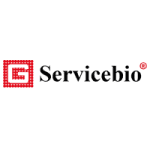
Servicebio is a company that specializes in providing high-quality products and services for biomedical research and diagnostics.
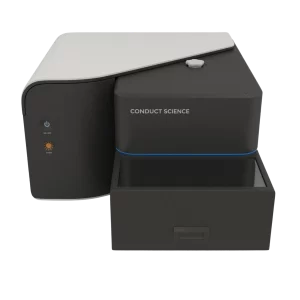
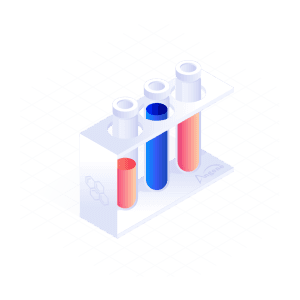

SB-SCG-W3000 is an imaging device that utilizes chemiluminescence technology and is equipped with a high-sensitivity cooled camera with 9 million pixels. It enables fast, accurate, and high-throughput detection and imaging of samples, and is widely used in fields such as life sciences, medicine, and environmental protection.
A Chemiluminescence Imaging System operates on the principle of detecting light emitted during a chemical reaction. Chemiluminescence occurs when a chemical reaction produces an excited state intermediate, which then releases energy in the form of light as it returns to a lower energy state. This light emission is captured by the imaging system, typically consisting of a highly sensitive camera (often a cooled CCD or CMOS sensor) and optical components that guide and focus the light onto the detector.
Camera |
|---|
Product | Remarks |
|---|---|
PixelResolution | 9 million pixels |
Resolution | 3000×3000 |
Pixel Size | 3.76μm×3.76μm |
Target Size | 1 “(11.28mm×11.28mm) |
Full Well Capacity | 16.5ke-(HCG),50.5ke-(LCG) |
Sensitivity | 877mv@1/30s |
Readout Noise | 1.24e-(HCG), 3.22e-(LCG) |
Dark Current | 0.0003e-/s/pixel@-15℃ |
Signal-to-Noise Ratio | 42.2dB(HCG), 47dB(LCG) |
Exposure Time | 0.1ms~1h |
Binning Mode | 1×1, 2×2, 3×3 |
Grayscale | 16-bit (65536 levels) |
Cooling | Relative to Ambient Temperature-40℃ |
Camera Type | Black and White Camera |
Lens |
|---|
Product | Remarks |
|---|---|
Aperture | F0.95-F16 |
Focal Length | 17mm |
Type | Fixed Focus Lens |
Light Source |
|---|
Product | Remarks |
|---|---|
Bright Field Light Source | Downward-facing LED white light source, symmetrically distributed on both sides |
Dark Box |
|---|
Product | Quantity |
|---|---|
Light Isolation | Fully light-sealed, isolates environmental light. |
Door Control | Door control sensor can control the on/off of the bright field light source |
Field of View | Effective field of view is 136mm*136mm (expandable to 200mm×200mm if needed). |
Software Functions |
|---|
Product | Quantity |
|---|---|
Software Functions | Real-time Imaging: Real-time presentation of changes in sample signals during exposure process, capturing every detail of the capture |
Overexposed areas can be displayed. | After exposure, each frame image within the exposure time can be generated. Users can select any frame image for the final output by precise retrospective adjustment. |
Time Imaging | For samples with insufficient exposure, users can choose to continue exposure after the exposure ends, allowing the sample to gain additional exposure effect based on the already exposed time. |
Auto Exposure | Intelligent exposure technology quickly determines the optimal exposure time. With time imaging and time accumulation functions, users can obtain the best image result with just one operation. |
System Start-Up and Sample Loading
Begin by connecting the power cord and activating the power switch located at the back of the instrument. This will initiate the startup of the industrial computer, which will automatically load the chemiluminescence imaging software. Once the software interface appears, open the instrument door and remove the sample tray. Carefully place the prepared sample on the tray, ensuring it lies flat, and return the tray into the instrument’s dark box before closing the door.
Software Operation and Image Capture
Upon successful software launch, confirm that all system components are functioning correctly by checking the status bar at the bottom left of the screen. If the system passes the self-check, proceed to the preview and capture page by selecting the central icon. On this page, configure the storage location for your experiment results and choose between manual or automatic exposure modes. Adjust exposure settings as needed and start the preview. Once satisfied with the setup, click the capture button to begin the imaging process. After capture, review the images, make any necessary adjustments, and save the final results.

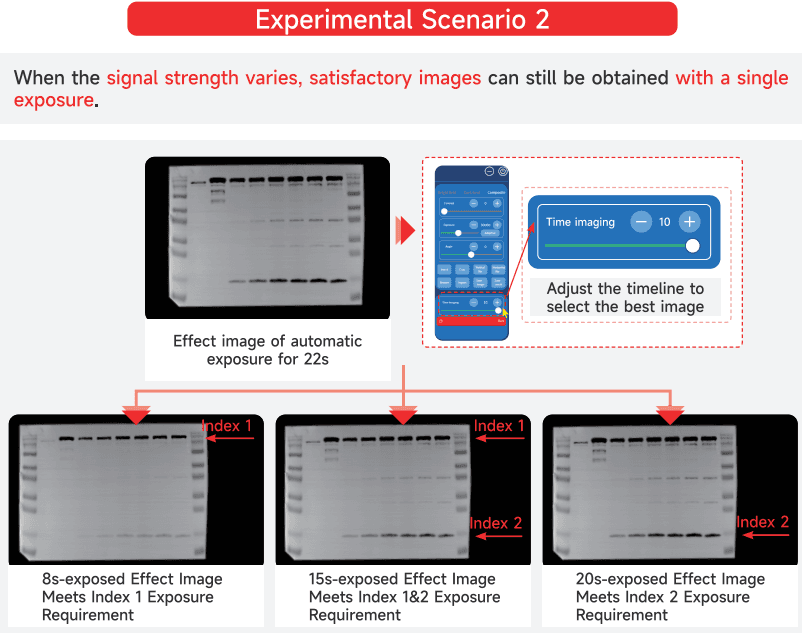

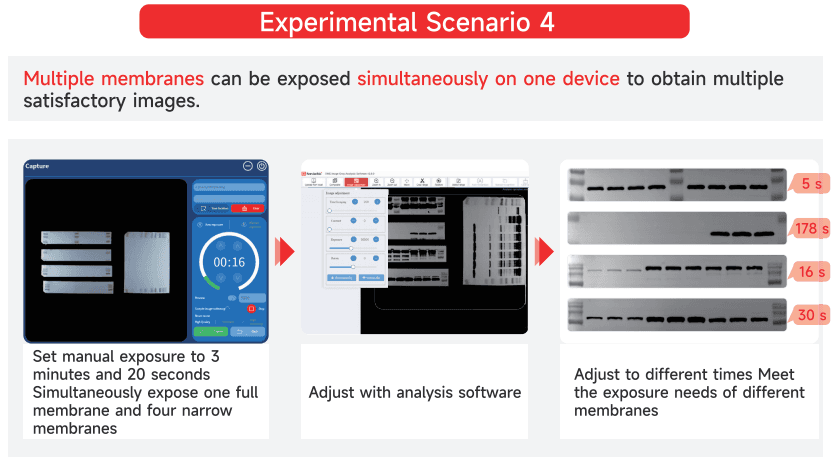

Chemiluminescence Imaging Systems are widely used in various scientific applications due to their high sensitivity and ability to localize and quantify light emission at very low levels. Here are the primary applications based on the scientific articles provided:
Biological Imaging:
Immunohistochemistry and In Situ Hybridization:
Environmental and Pharmaceutical Analysis:
Whole-Organ and Whole-Body Imaging:
These applications highlight the versatility and importance of Chemiluminescence Imaging Systems in advancing scientific research across multiple disciplines.
Roda, Aldo & Guardigli, Massimo & Pasini, Paolo & Mirasoli, Mara & Michelini, Elisa & Musiani, Monica. (2005). Bio and chemiluminescence imaging in analytical chemistry. Analytica Chimica Acta – ANAL CHIM ACTA. 541. 25-35. 10.1016/j.aca.2004.11.083.
Wang, Zhijia & Huang, Jiaguo & Huang, Jingsheng & Yu, Bingran & Pu, Kanyi & Xu, Fu‐Jian. (2021). Chemiluminescence: From mechanism to applications in biological imaging and therapy. Aggregate. 2. 10.1002/agt2.140.
You must be logged in to post a review.
There are no questions yet. Be the first to ask a question about this product.
Monday – Friday
9 AM – 5 PM EST
DISCLAIMER: ConductScience and affiliate products are NOT designed for human consumption, testing, or clinical utilization. They are designed for pre-clinical utilization only. Customers purchasing apparatus for the purposes of scientific research or veterinary care affirm adherence to applicable regulatory bodies for the country in which their research or care is conducted.
Reviews
There are no reviews yet.